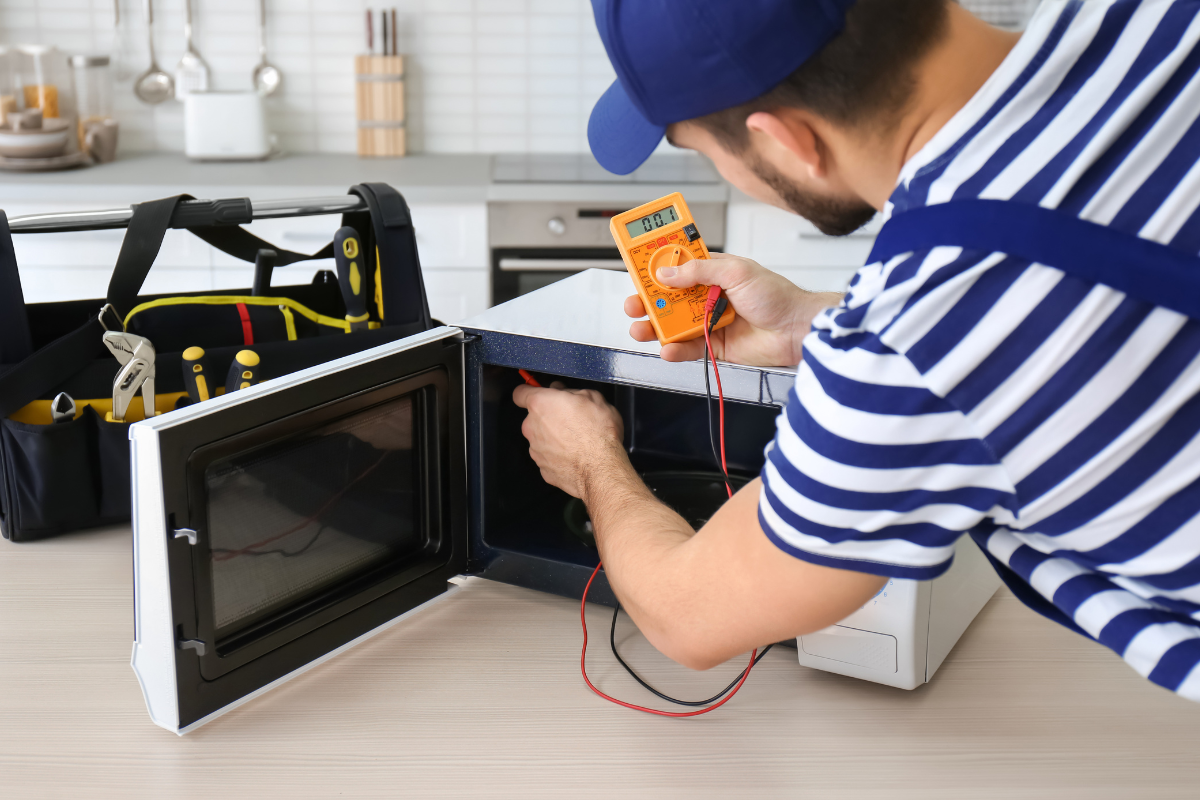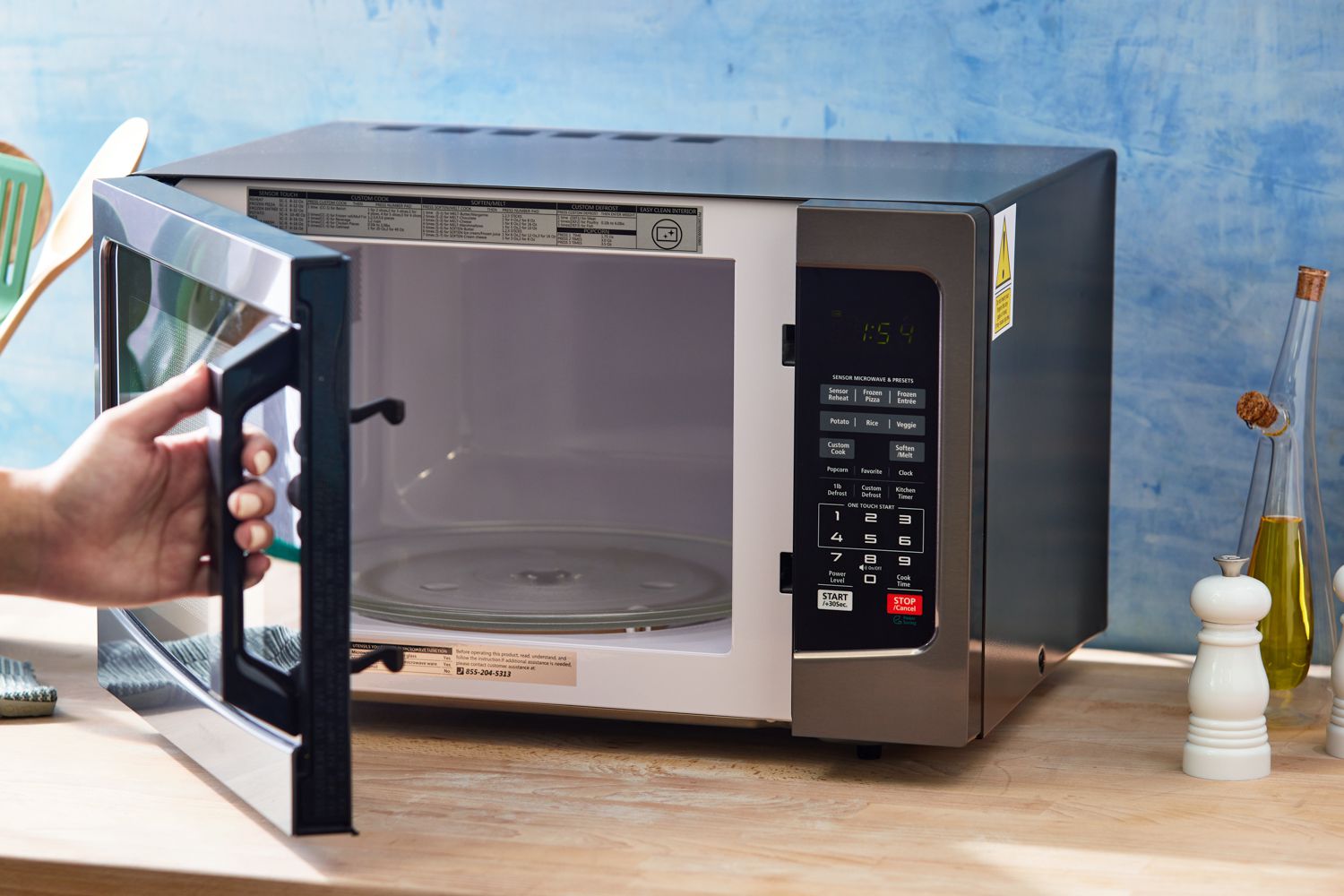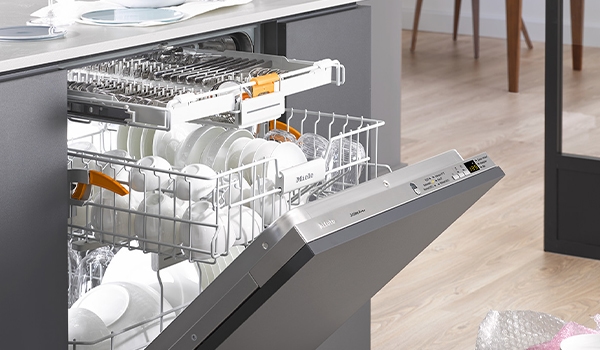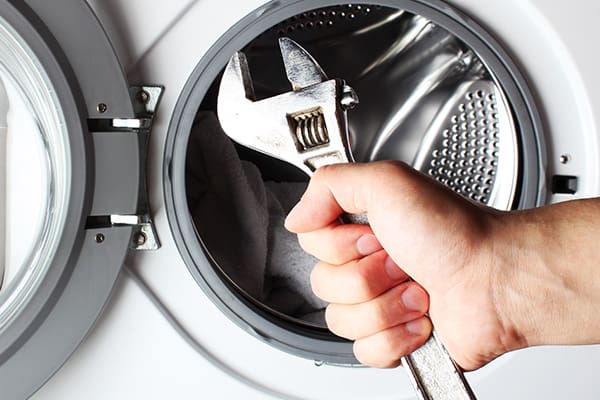How to Repair Your Microwave Oven If It's Not Working
Microwave ovens have become indispensable tools in modern kitchens. However, over time, these devices can experience malfunctions and become non-functional. At this point, the ability to repair your own microwave not only provides cost savings but also extends the lifespan of your appliance. In this blog post, we will explore the possible reasons why your microwave may not be working and discover the steps to troubleshoot and perform simple repairs to restore your device to its former functionality. Keep in mind that it is quite possible to repair your microwave on your own with just a few basic pieces of knowledge.
The Basic Operating Principle of Microwave Ovens
Microwave ovens are practical and fast heating devices frequently used in our daily lives. The fundamental operating principle of these devices involves the utilization of microwave energy. Within the microwave oven, there is a device known as a magnetron—a type of electronic tube that transforms electrical energy into microwave energy.
The operating process unfolds as follows: When a user sets the desired time and power level on the microwave oven, an electric current is directed to the magnetron. The magnetron then converts this electrical energy into high-frequency microwave energy. These microwaves disperse throughout the oven and set the water molecules in food into motion.
The water molecules in the food absorb the microwave energy, converting it into the heating process. Consequently, microwave ovens efficiently cook or heat food from the inside out, achieving rapid results. This fundamental principle renders microwave ovens effective and time-saving kitchen appliances, emphasizing the importance of maintaining their safe use at all times.
Troubleshooting Steps for Microwave Oven Malfunctions
In the event that a microwave oven is not functioning correctly, it is crucial to follow steps to identify the problems. Initially, a simple test can be conducted to check if the microwave oven is operational. Plug in the oven and provide power to the control panel. Next, place a cup of water inside the oven and wait for about a minute. If the oven is not making any noise or if the water is not heating, there may be an issue.
Understanding the symptoms of common malfunctions is a critical step in determining the source of the problem. Symptoms such as loud bangs, strange odors, or insufficient heating of food can indicate different issues. To identify power source problems like electrical interruptions or cable connectivity issues, inspect the oven's plug and check for any power cuts in the outlet.
If these steps do not resolve the issue, a more complex malfunction may be present, requiring professional assistance. However, these simple troubleshooting steps generally serve as a starting point for identifying and resolving microwave oven problems. Depending on the severity of the issue, intervention from a technician or, if necessary, part replacement may be required.
Power Supply Issues and Solutions: Guide to Dealing with Electrical Problems in Microwave Ovens
Power supply issues in microwave ovens can significantly impact the fundamental functionality of the device. If your oven is not working, start by checking the plug and outlet. Often, a simple electrical outage or a problem in the cable connection can cause the oven to malfunction. Checking if the plug is inserted and if there is power in the outlet is the first step in determining the source of the problem.
Among the solutions for power supply issues is checking the fuse. If the fuse blows, it may be due to power fluctuations or excessive energy flow. Replacing the fuse or resetting the circuit breaker can resolve the issue. However, if the fuse consistently blows, seeking professional help is crucial.
Control Panel and Button Issues: Understanding and Maintaining Microwave Oven Control Mechanisms
The control panel and buttons of microwave ovens facilitate communication between the user and the device. However, over time, these buttons can become dirty, stuck, or malfunction. If your oven is not responding to specific buttons or is giving incorrect responses, the first step is to clean the button pad. Gently wipe the buttons with a mild cleaning solution and a soft cloth.
If cleaning the button pad does not resolve the issue, there may be a problem with the electrical circuits inside the control panel. Short circuits or connectivity issues can lead to button malfunctions. In such cases, seeking professional assistance is advisable rather than attempting to intervene in the device.
Magnetron Issues and Repair: Examining and Resolving Power Source Problems in Microwave Ovens
The magnetron serves as the power center of the microwave oven, and when it malfunctions, it can lead to serious issues. If your oven is not sufficiently heating food or if you hear loud noises, there may be a problem with the magnetron. However, replacing or repairing the magnetron is a complex process that usually requires expertise. To check the integrity of the magnetron and identify problems, it is essential to contact an authorized technician.
Issues and Solutions for the Turntable: Maintenance of Moving Parts Inside the Microwave Oven
The turntable is a crucial component that ensures even cooking of food inside the microwave oven. If the turntable is not rotating or spins irregularly, the issue needs to be addressed. Start by removing the turntable and inspecting its connections. If there are no issues with the connections, examine the motor beneath the turntable. Checking if the motor is working and if its connections are secure is crucial. If the motor is faulty, it may need replacement.
These steps address various issues in microwave ovens, ranging from power supply to control mechanisms, powerful magnetrons, and the proper functioning of the turntable. However, such repairs often require expertise, so it is essential for users to seek professional assistance for issues beyond their capabilities.
Seeking Professional Assistance: A Guide to Turning to Expert Technicians for Microwave Oven Issues
Microwave ovens, due to their complex structure and electronic components, can sometimes present users with problems that they cannot solve on their own. In such cases, seeking professional help is crucial. Especially in the following situations, turning to expert technicians ensures that issues are resolved safely and effectively.
Electronic Issues Beyond Your Expertise. Diagnosing and repairing complex faults in the control panel or internal electronic circuits often requires expertise. If your microwave oven is facing electrical problems, seeking professional help is a safer option than attempting to intervene inside the device.
Warranty Situations and Authorized Services. If your microwave oven is still under warranty, it is important to have repairs done in accordance with warranty terms. In such cases, opting for authorized services is crucial to avoid voiding the warranty.
Cases Requiring Comprehensive Part Replacement. If the replacement of significant parts such as the magnetron is necessary, these procedures are typically best handled by expert technicians. Incorrect part replacement can lead to further damage to the device.
Safety-Related Issues. Ignoring safety-related problems in microwave ovens can be risky. In cases of electrical leaks, burning, or other safety breaches, seeking professional help immediately is essential.
Professional assistance is vital for effectively resolving issues with your microwave oven and ensuring its long-lasting performance. In such situations, opting for authorized services or technicians recommended by the manufacturer ensures the proper and secure repair of your device. Always remember, safety is the top priority, and professional help ensures that issues are resolved in a secure manner.








